
Puppies are a bundle of joy, energy, and sometimes mischief. Their boundless enthusiasm and curiosity can be both endearing and exhausting for pet owners. One of the most common questions new dog owners ask is, "When do puppies calm down?" The straightforward answer is that puppies begin to calm down as they transition into adulthood, which typically occurs between the ages of 1 to 2 years.
However, the exact age can vary based on breed, size, and individual temperament. Larger breeds might take longer to settle down compared to smaller breeds. This article delves deep into understanding the various stages of a puppy's life, factors affecting their energy levels, and when you can expect them to mellow out.
Table of Contents
The Energetic Puppy Phase
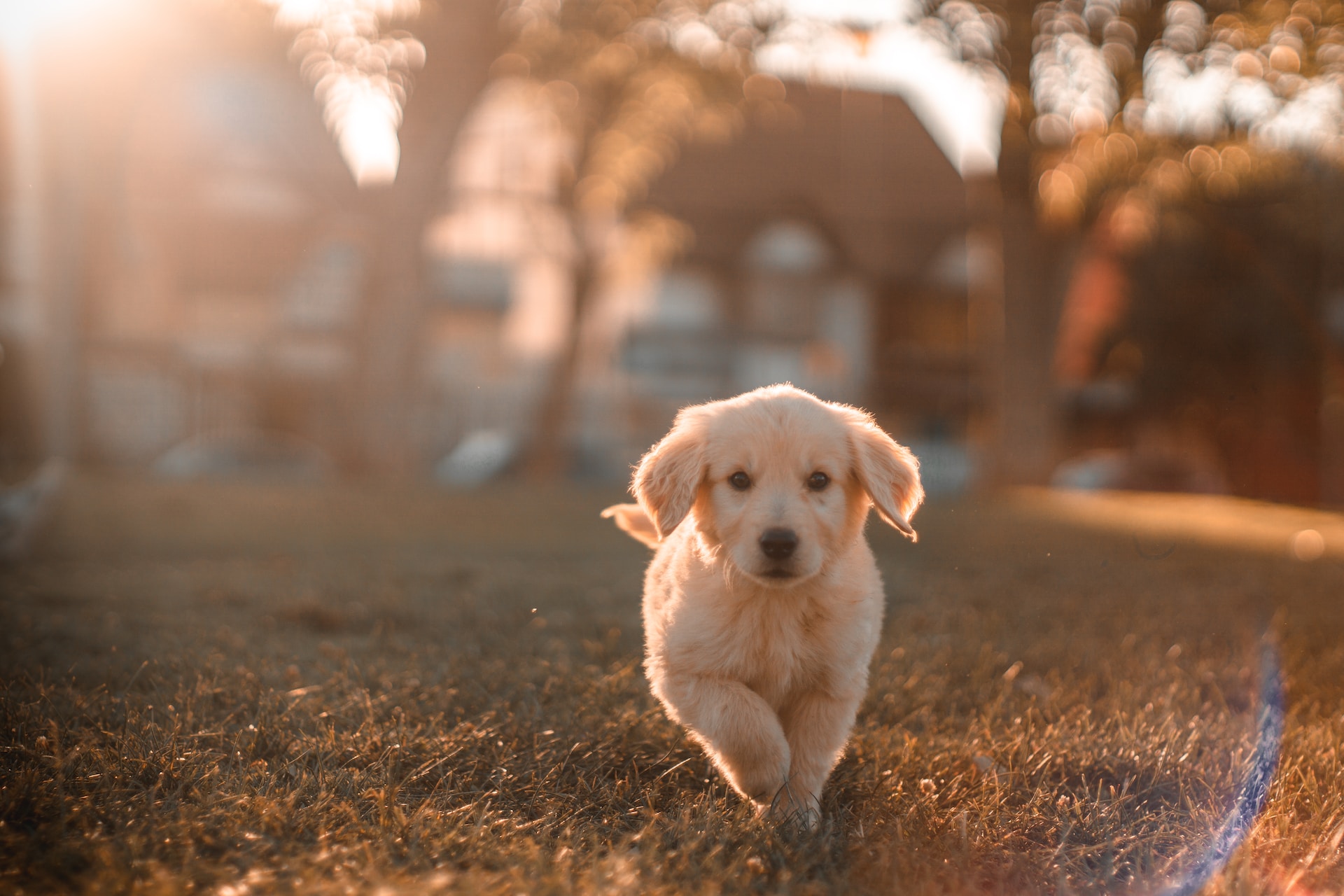
The First Few Months
During the initial months, puppies are like toddlers, exploring the world around them. Everything is new, exciting, and worth investigating. This is also the time when they are most vulnerable. For instance, many pet owners wonder when can puppies go outside safely. It's essential to ensure they are vaccinated and protected from potential threats before introducing them to the outside world.
Teething and Playfulness
As puppies grow, they begin teething, which can be a particularly restless phase. They have an innate need to chew on things to reduce the discomfort of their emerging teeth. Understanding the puppy teething guide can help owners navigate this challenging period.
Socialization and Training
Socialization is crucial during the early months. Puppies need to be introduced to various environments, people, and other animals to grow into well-adjusted adults. A well-socialized puppy is less likely to develop behavioral issues later in life. Dive deep into the puppy socialization guide to ensure your pup gets the best start in life.
Factors Affecting Puppy Energy Levels
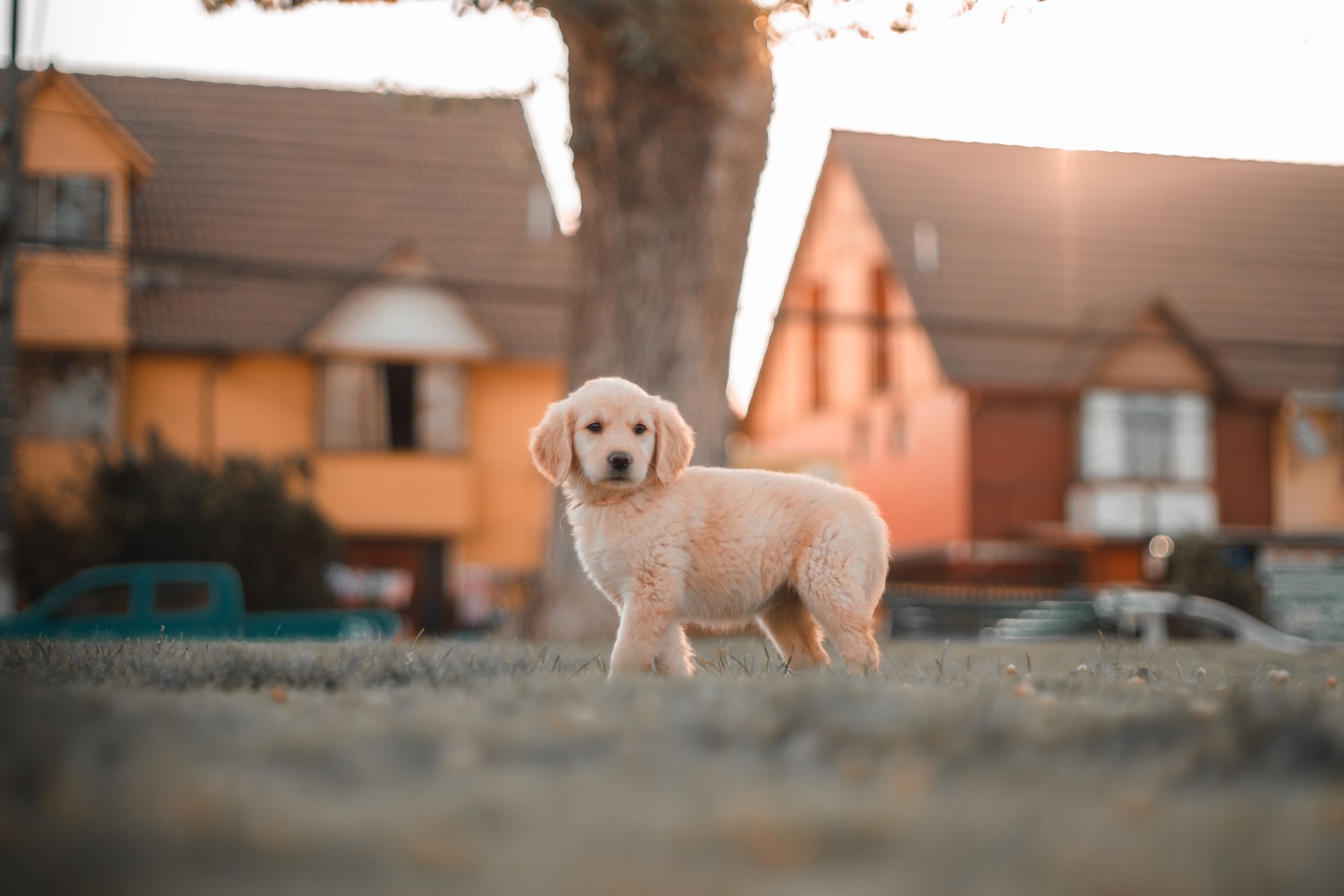
Breed and Genetics
Not all puppies are created equal. Some breeds are naturally more energetic than others. For instance, working breeds like Border Collies or Labrador Retrievers are known for their high energy levels and need for regular exercise.
Diet and Nutrition
What a puppy eats can significantly influence their energy levels. A balanced diet ensures they have the right amount of energy to grow and play. It's essential to understand the puppy feeding guide to provide them with the right nutrients.
Health and Well-being
A puppy's health can also play a role in their energy levels. Regular check-ups, vaccinations, and understanding potential health issues like dog shaking causes and treatment can ensure they remain active and healthy.
Understanding when puppies calm down requires a holistic approach, considering their age, breed, health, and environment. While the energetic puppy phase can be challenging, it's also a rewarding time as you bond with your new furry friend. In the next sections, we'll delve deeper into managing puppy energy and tips to help them (and you) navigate this lively phase.
The Importance of Routine
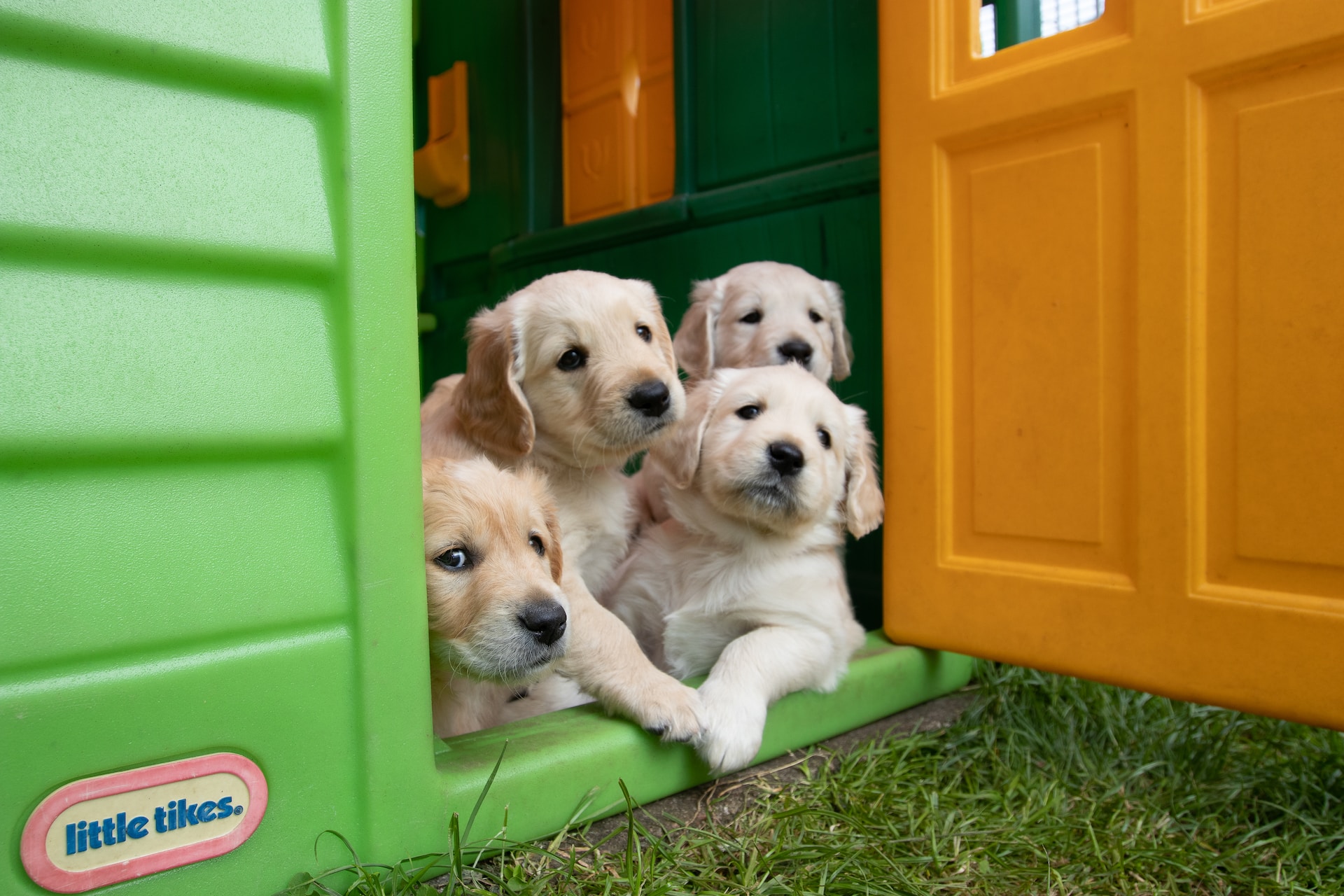
Consistency is Key
Just like humans, puppies thrive on routine. Establishing a consistent schedule for feeding, playtime, training, and rest can help regulate their energy levels. Knowing what to expect and when can provide a sense of security and calmness to your pup.
Structured Playtime
Allocate specific times during the day for play. This not only helps burn off their energy but also teaches them when it's time to be active and when it's time to relax. Incorporate toys, fetch games, and interactive play sessions to keep them engaged.
Training: A Constructive Outlet for Energy
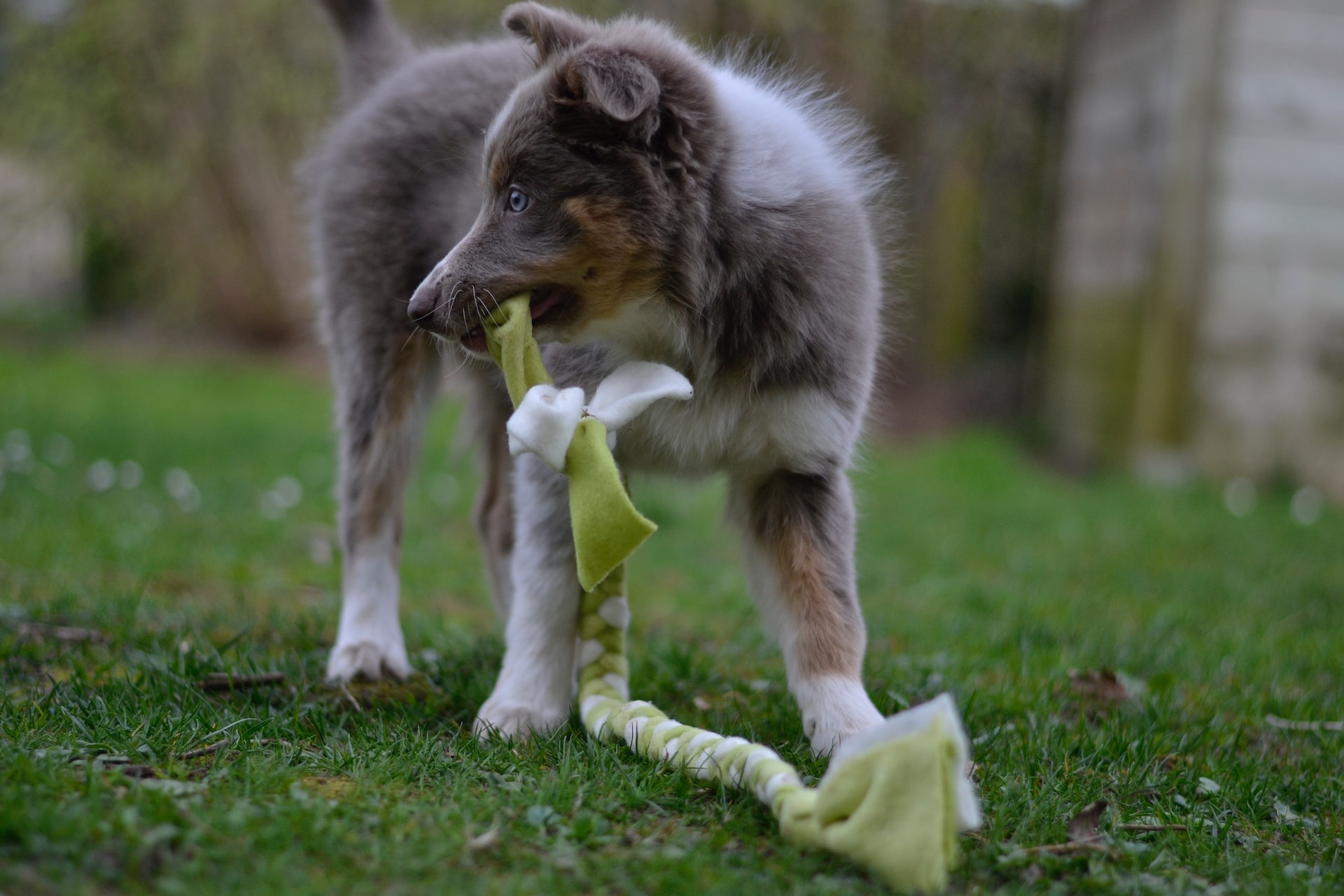
Basic Obedience Training
Teaching your puppy basic commands like sit, stay, and come can be a great way to channel their energy into something constructive. It not only stimulates their mind but also strengthens the bond between you and your pup.
Leash Training
One of the essential skills every puppy should learn is how to walk on a leash. Proper leash training ensures that your puppy walks beside you without pulling, making walks enjoyable for both of you. It's also a fantastic way to burn off some of that puppy energy.
Crate Training
Crate training can be a safe space for your puppy to retreat and relax. It's not about confinement but providing a den-like environment where they feel secure. Learn more about how to crate train a puppy in 4 easy steps to ensure a positive experience.
Social Interactions: Playdates and Doggy Daycare
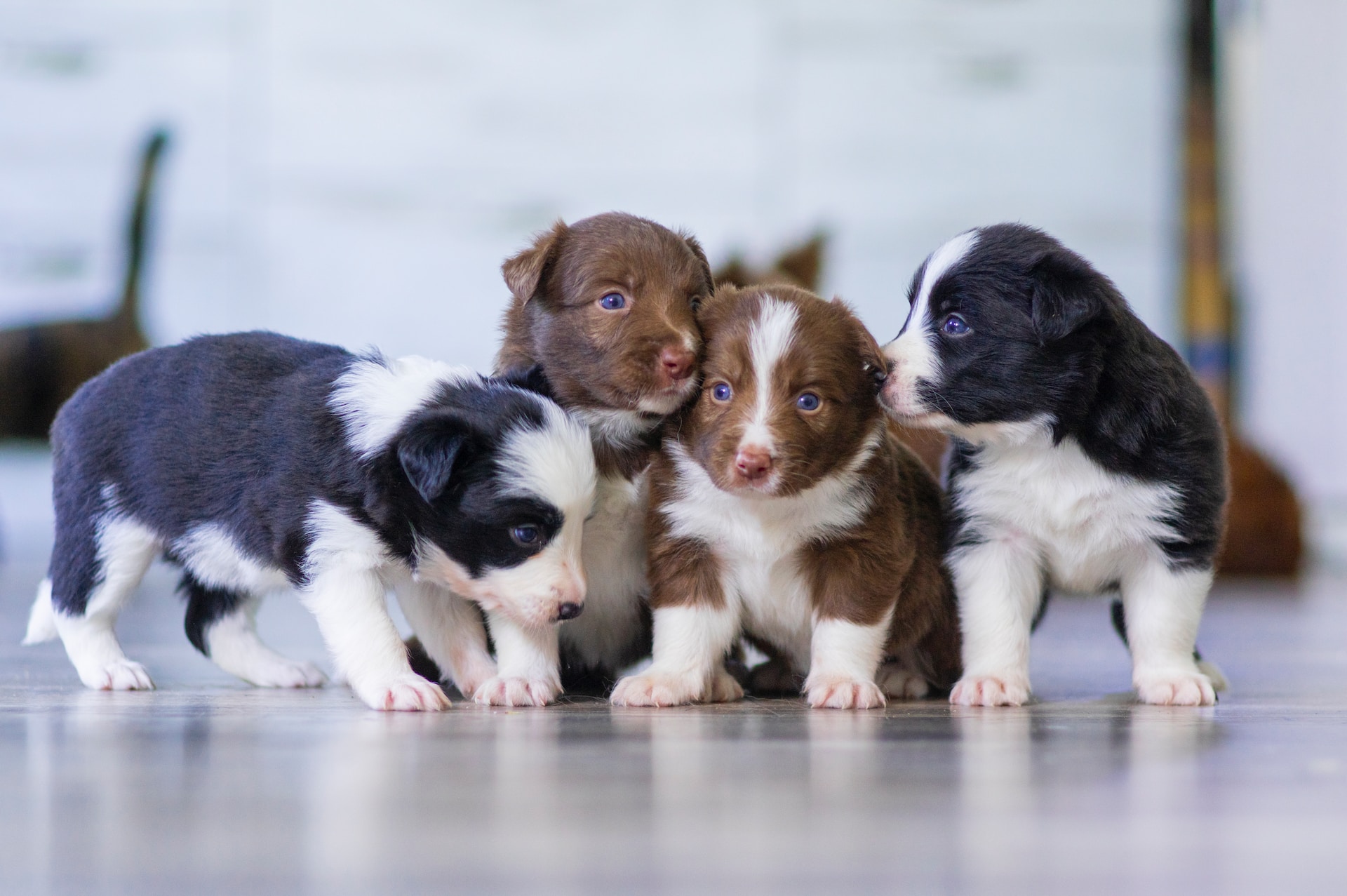
The Benefits of Playdates
Arranging playdates with other puppies or well-behaved adult dogs can be a great way for your pup to socialize and burn off energy. They learn essential social cues and behaviors from interacting with their peers.
Doggy Daycare
For those days when you're too busy or need a break, doggy daycare can be a lifesaver. It provides a safe environment for your pup to play, socialize, and get tired. Discover the top benefits of doggy daycare to see if it's a good fit for your furry friend.
Managing a puppy's energy can be a challenge, but with the right strategies, it's entirely doable. By providing structured routines, training, and social interactions, you can ensure your puppy grows into a well-adjusted, happy adult dog. In the next section, we'll explore the later stages of a dog's life and when you can expect them to truly mellow out.
The Adolescent Phase
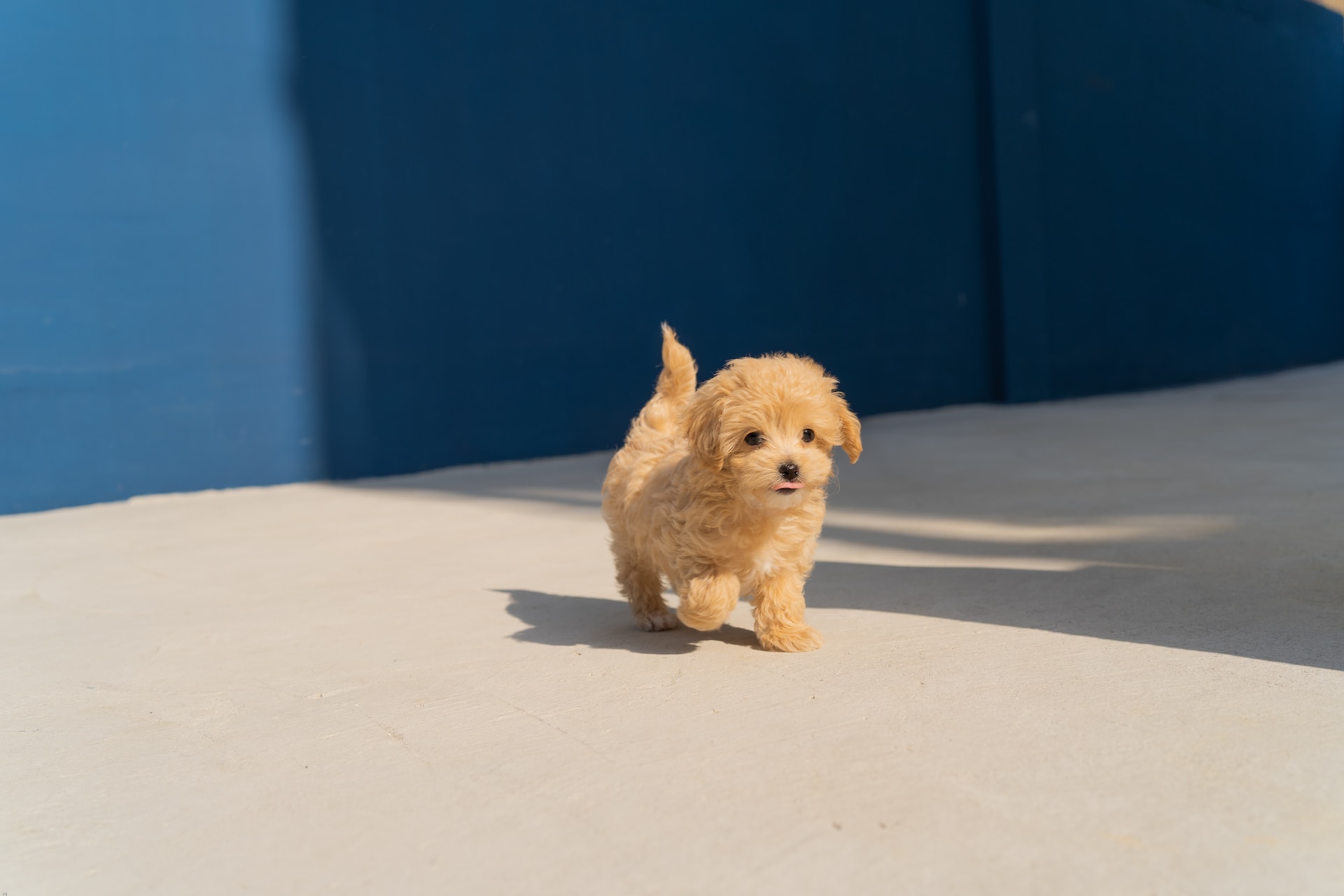
Navigating the "Teenage" Years
As puppies grow out of their initial energetic phase, they enter the adolescent stage, which can be likened to the teenage years in humans. This period, which can start from six months and last up to two years depending on the breed, is characterized by a mix of independence, stubbornness, and residual puppy energy. It's essential to stay consistent with training and routines during this challenging phase.
Growth and Development
One of the most frequently asked questions during this stage is, "How big will my puppy get?" As your puppy grows, their energy requirements and behavior might change. Monitoring their growth and adjusting their diet, exercise, and training accordingly is crucial.
Adulthood: The Calm After the Storm
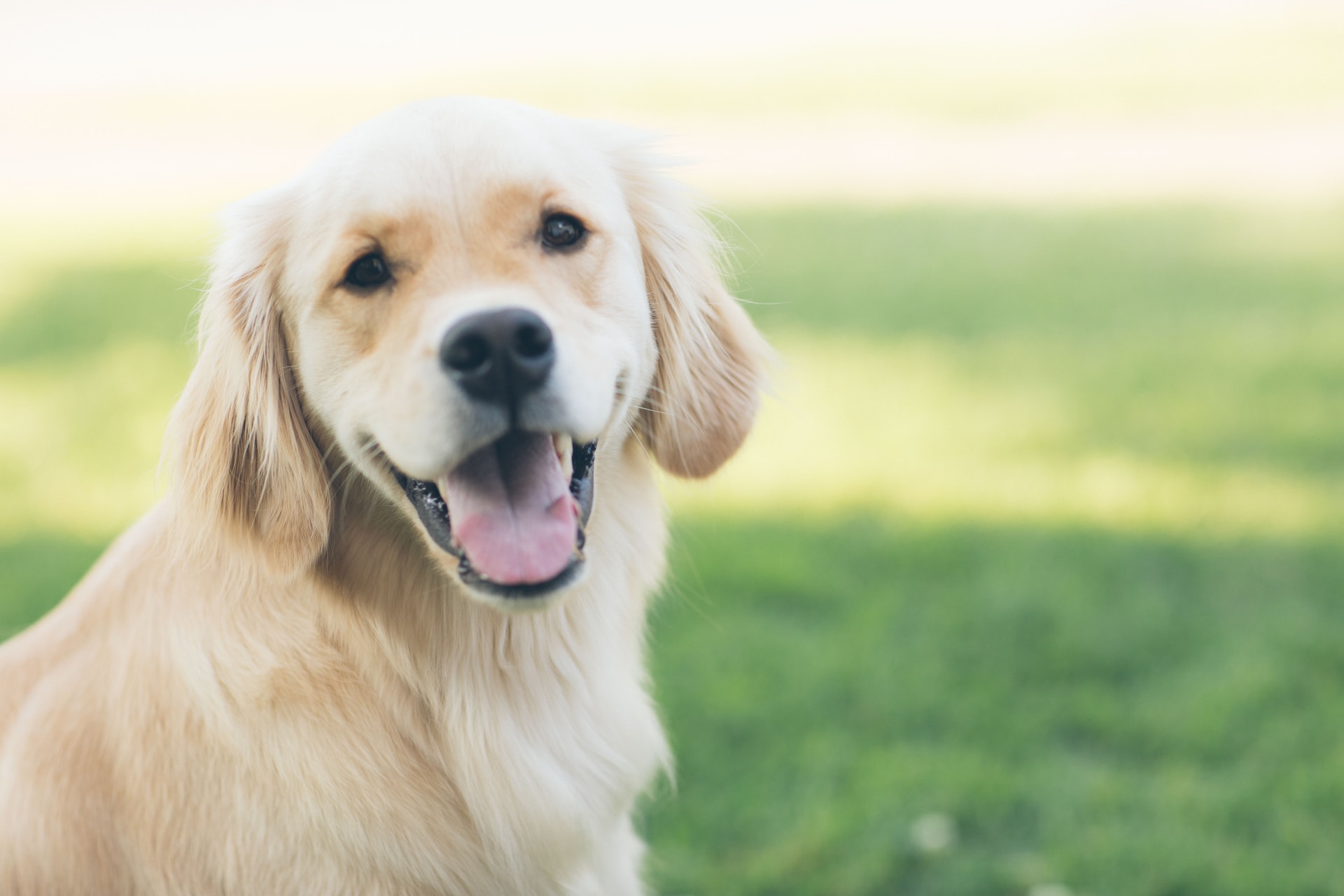
Settling Down
Most dogs start to calm down as they transition into adulthood. The exact age can vary based on breed, size, and individual temperament. Larger breeds might take longer to settle down compared to smaller breeds. However, by this stage, the wild puppy antics are mostly a thing of the past.
Continued Training and Mental Stimulation
Even as adult dogs mellow out, it's essential to continue with training and provide them with mental stimulation. Activities like puzzle toys, advanced training commands, and agility courses can keep them engaged and content.
Senior Dogs: The Golden Years
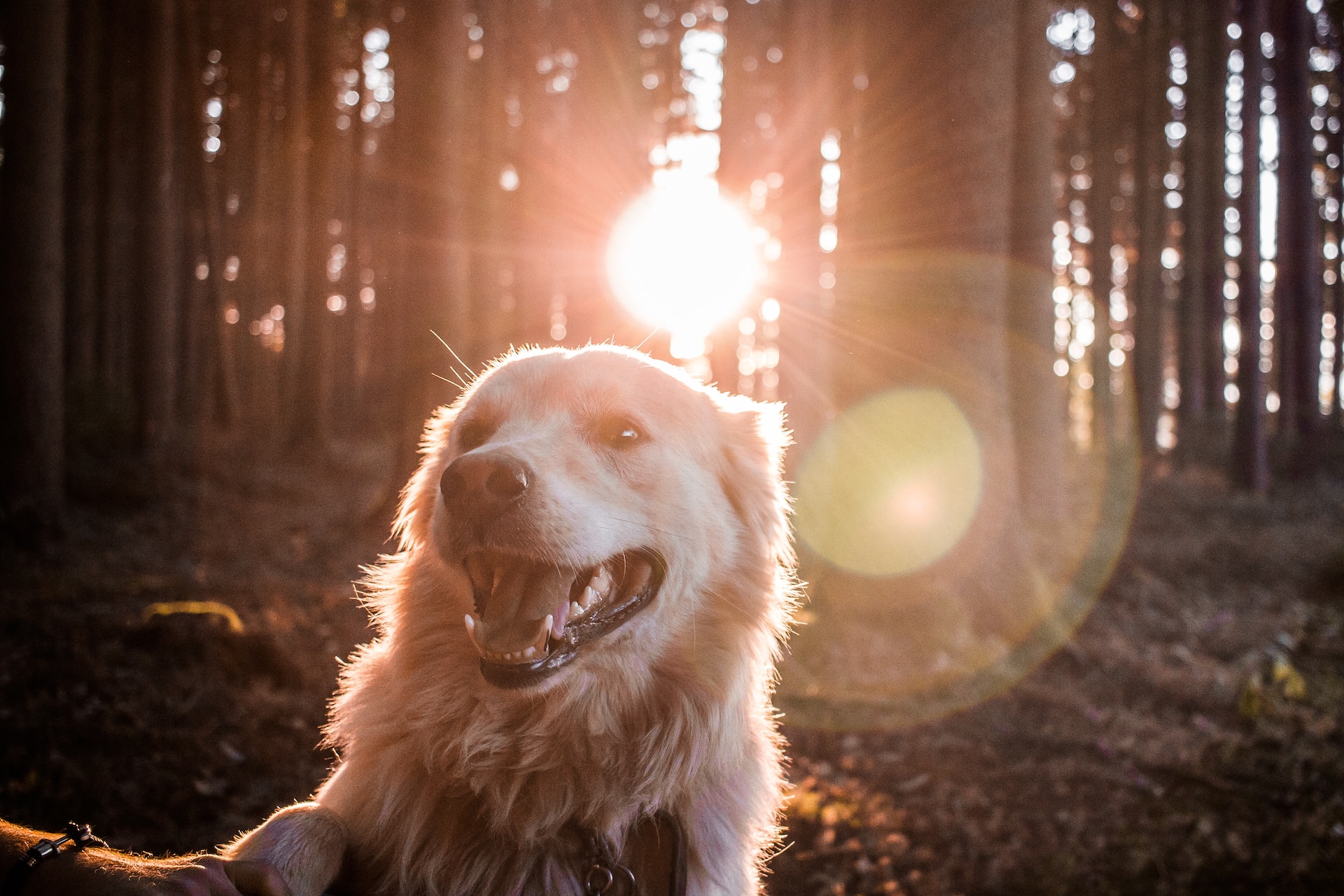
Slowing Down
As dogs enter their senior years, you'll notice a significant reduction in their energy levels. They might prefer shorter walks and more nap times. It's essential to adjust their routine to their changing needs, ensuring they remain comfortable and happy.
Cherishing the Moments
The senior years are a time to cherish the bond you've built with your furry friend over the years. While they might not have the same energy as their puppy days, the love and companionship they offer are unparalleled.
From the energetic puppy phase to the mellow senior years, dogs go through various stages in their life. It's essential to remember that every dog is an individual, with its own timeline and temperament. By the time they reach their senior years, most dogs have significantly mellowed out. Understanding and adapting to these stages ensures a harmonious relationship with your furry companion. Cherish every moment, from their playful antics to their peaceful naps, as each phase has its unique charm.
Scroll down to see FAQs about puppy calming down stages!
What To Read Next
Poodle Mixes 101: An Introduction To Doodles
Easiest Dogs to Train: Meet the Top 5 Pups for Effortless Training
Frequently Asked Questions
At what age do puppies typically start to calm down? Puppies begin to show signs of calming down as they transition into adulthood. The exact age can vary based on breed, size, and individual temperament. However, most dogs start to mellow out between the ages of 1 to 2 years.
How does the adolescent phase affect a puppy's behavior? The adolescent phase, which can start from six months and last up to two years, is characterized by a mix of independence, stubbornness, and residual puppy energy. It's a challenging phase where consistency in training and routines is crucial.
How can I manage my puppy's energy during the "teenage" years? Structured routines, consistent training, playdates, and activities like leash training can help channel their energy constructively during the adolescent phase.
Are there specific breeds that take longer to calm down? Yes, some breeds, especially larger ones or working breeds like Border Collies or Labrador Retrievers, might take longer to settle down compared to smaller breeds.
How does diet affect a puppy's energy levels? A balanced diet ensures puppies have the right amount of energy to grow and play. It's essential to provide them with the right nutrients to maintain optimal energy levels.
What is the significance of leash training for puppies? Proper leash training ensures that your puppy walks beside you without pulling, making walks enjoyable for both. It's also a way to burn off some of their energy.
How do playdates benefit puppies? Playdates with other puppies or well-behaved adult dogs allow your pup to socialize, learn essential social cues, behaviors, and burn off energy.
How do dogs behave during their senior years? As dogs enter their senior years, their energy levels decrease. They might prefer shorter walks and more nap times, requiring adjustments to their routine to ensure comfort and happiness.




